February 1, 2019
Is Naomi Osaka Japanese enough for Japan?
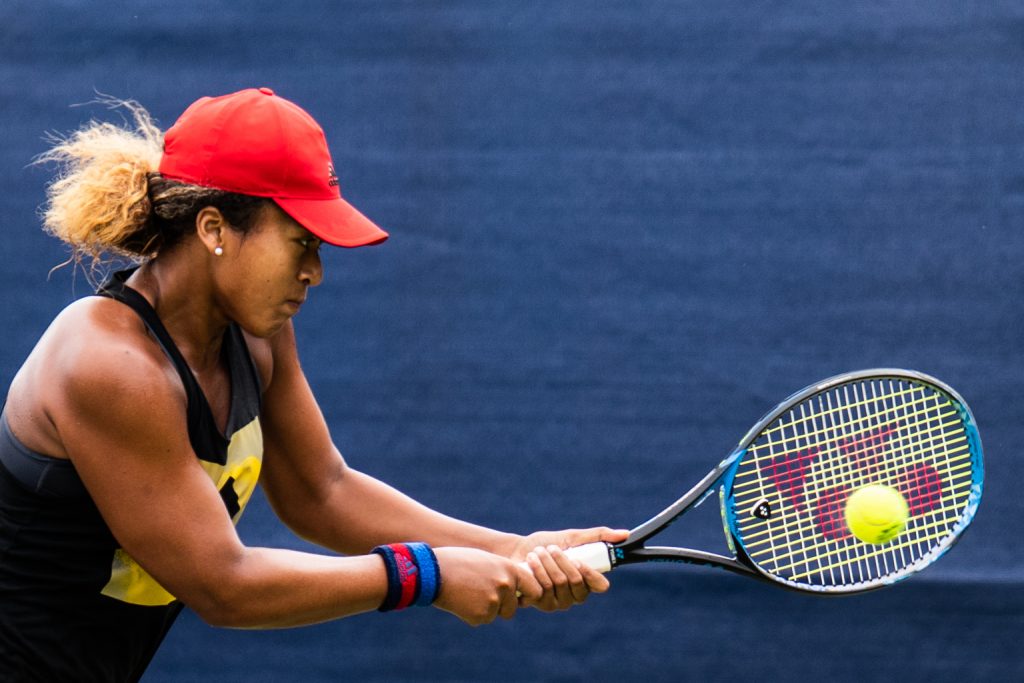 Naomi Osaka at the 2018 Nottingham Open qualifiers, photo by Peter Menzel, Creative Commons/flickr
Naomi Osaka at the 2018 Nottingham Open qualifiers, photo by Peter Menzel, Creative Commons/flickr
I love following the exciting young career of Naomi Osaka, the world’s first Japanese tennis star who has been ranked number-one by the Women’s Tennis Association, after her recent win in the Australian Open.
I love her passion and skill and determination to win. And most of all, I love that she is mixed-race, with a Japanese mom and Haitian dad. And, that she’s culturally as American as she is Japanese or Haitian.




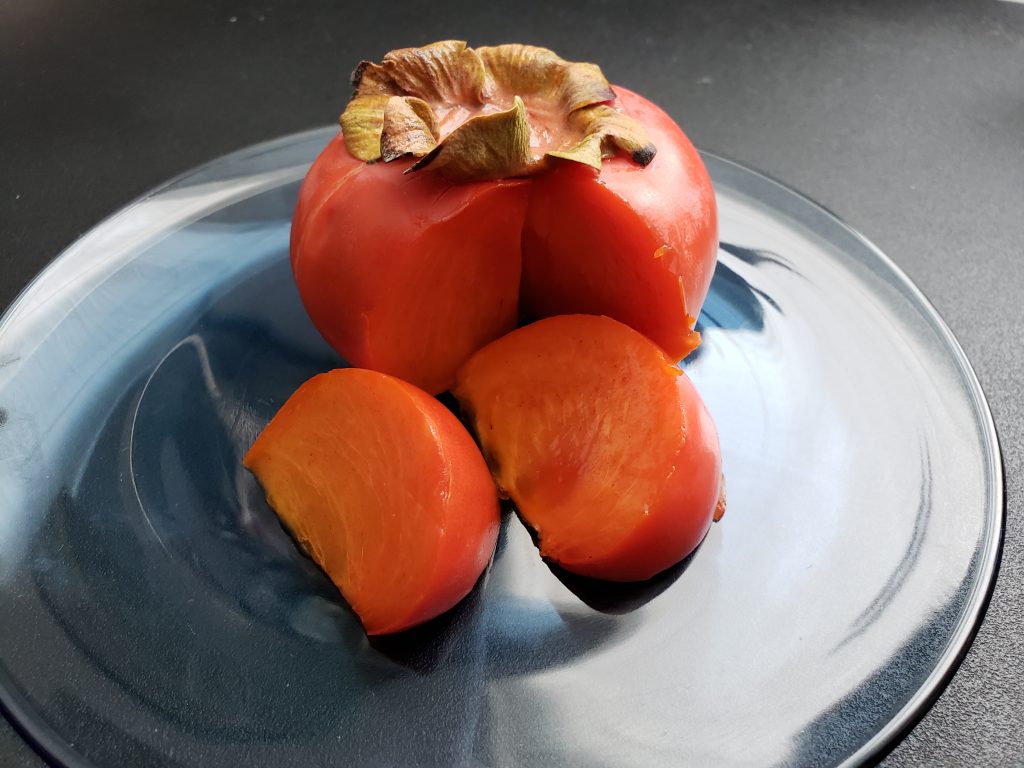 I love kaki. That's Japanese for persimmon.
Not everyone knows what a persimmon is, so let me explain. Persimmons are a popular fruit that is grown through much of Asia. The Japanese call it "kaki" (kah-key). Kaki are wonderfully sweet when they're ripe, but depending on the strain of kaki, they can be bitter.
I learned to love kaki as a kid growing up in Japan.
I love kaki. That's Japanese for persimmon.
Not everyone knows what a persimmon is, so let me explain. Persimmons are a popular fruit that is grown through much of Asia. The Japanese call it "kaki" (kah-key). Kaki are wonderfully sweet when they're ripe, but depending on the strain of kaki, they can be bitter.
I learned to love kaki as a kid growing up in Japan.
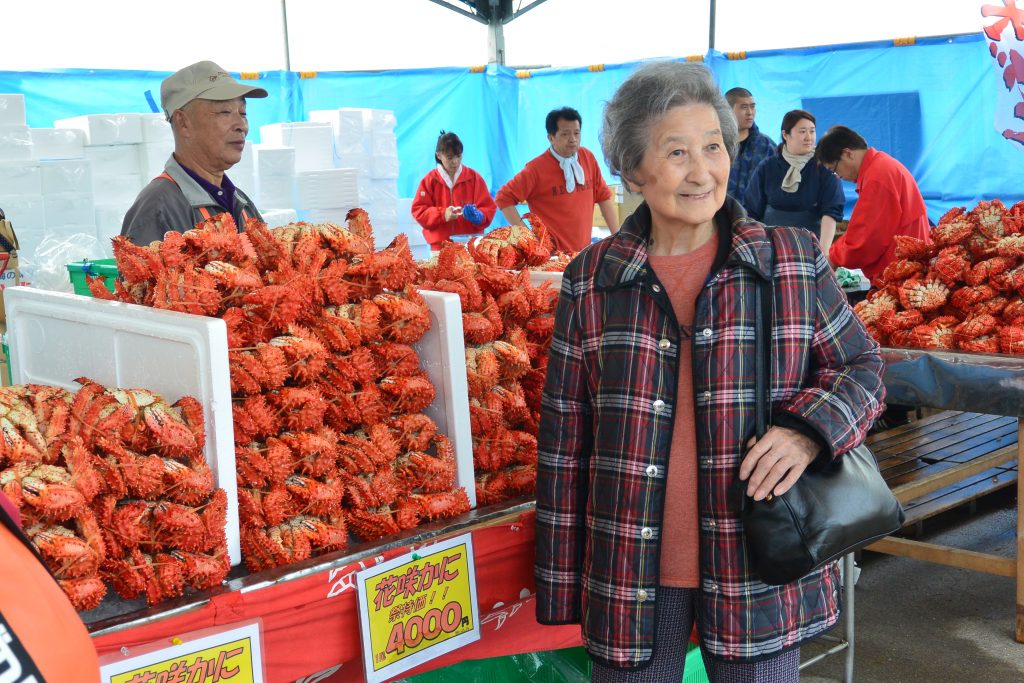 My mom has suffered from worsening dementia for years, and when my brothers and I saw increasing signs that she is no longer able to live by herself we moved her into a Memory Care Center nearby.
Two years ago, my wife Erin and I took the last of several trips to Japan with my mom.
My mom has suffered from worsening dementia for years, and when my brothers and I saw increasing signs that she is no longer able to live by herself we moved her into a Memory Care Center nearby.
Two years ago, my wife Erin and I took the last of several trips to Japan with my mom.
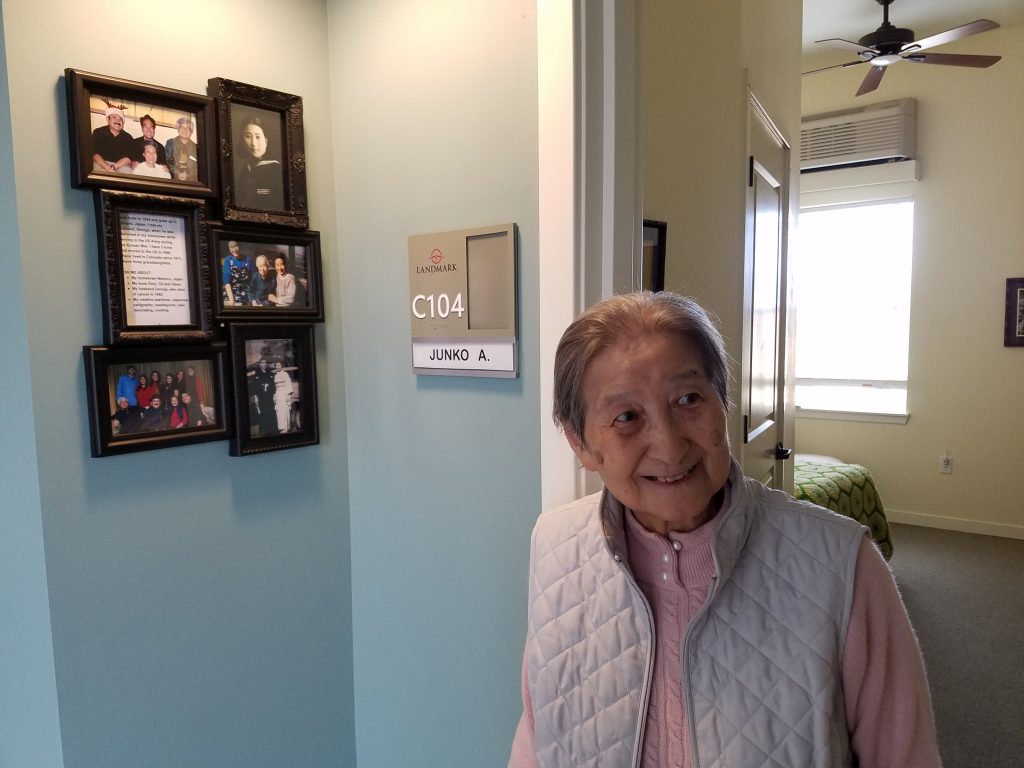 My brother Glenn and I moved my mom from her house in Lafayette, Colorado, last month to live in a memory care facility nearby. She’s had dementia for a long time, and it’s gotten noticeably worse for the past couple of years. I’m still sorting through how it felt to take her out of her house, and how it feels now.
My brother Glenn and I moved my mom from her house in Lafayette, Colorado, last month to live in a memory care facility nearby. She’s had dementia for a long time, and it’s gotten noticeably worse for the past couple of years. I’m still sorting through how it felt to take her out of her house, and how it feels now.
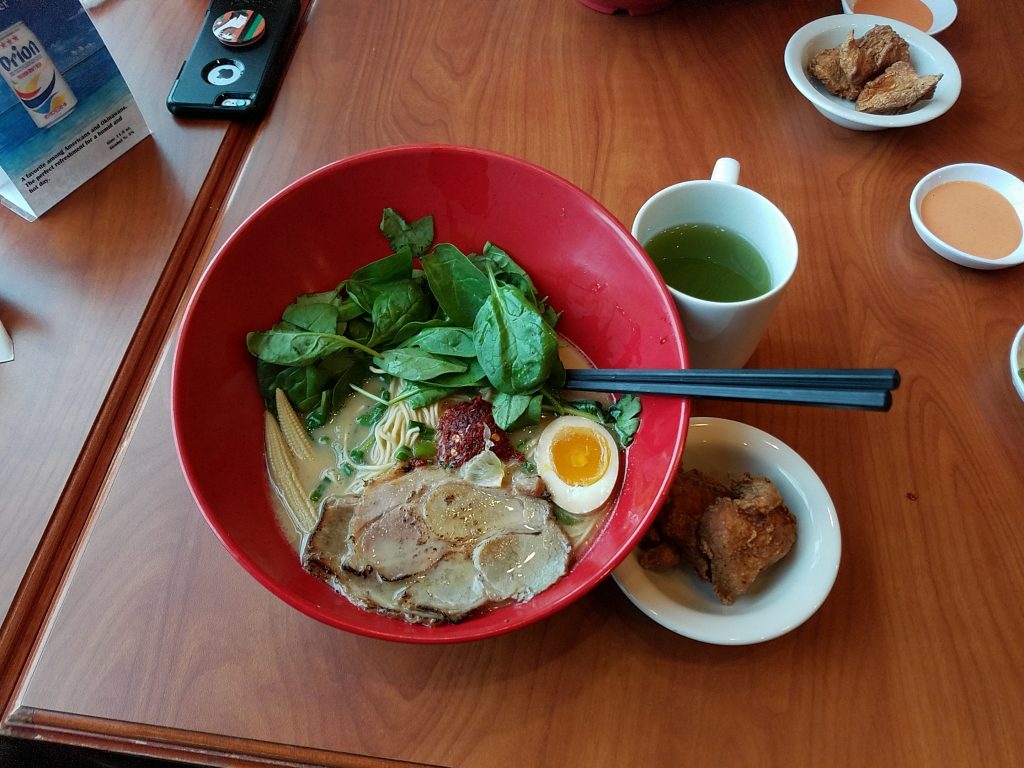 My friends (and anyone who follows my social media “food porn” photos) know that I’m a snob about Japanese food. I have strong opinions on the best tonkatsu fried pork cutlets, real vs. fake sushi and Japanese restaurants staffed by non-Japanese who can’t pronounce menu items correctly. And, because I love ramen, I hate bad ramen – and in Denver bad ramen is much more common than the good stuff.
My friends (and anyone who follows my social media “food porn” photos) know that I’m a snob about Japanese food. I have strong opinions on the best tonkatsu fried pork cutlets, real vs. fake sushi and Japanese restaurants staffed by non-Japanese who can’t pronounce menu items correctly. And, because I love ramen, I hate bad ramen – and in Denver bad ramen is much more common than the good stuff.
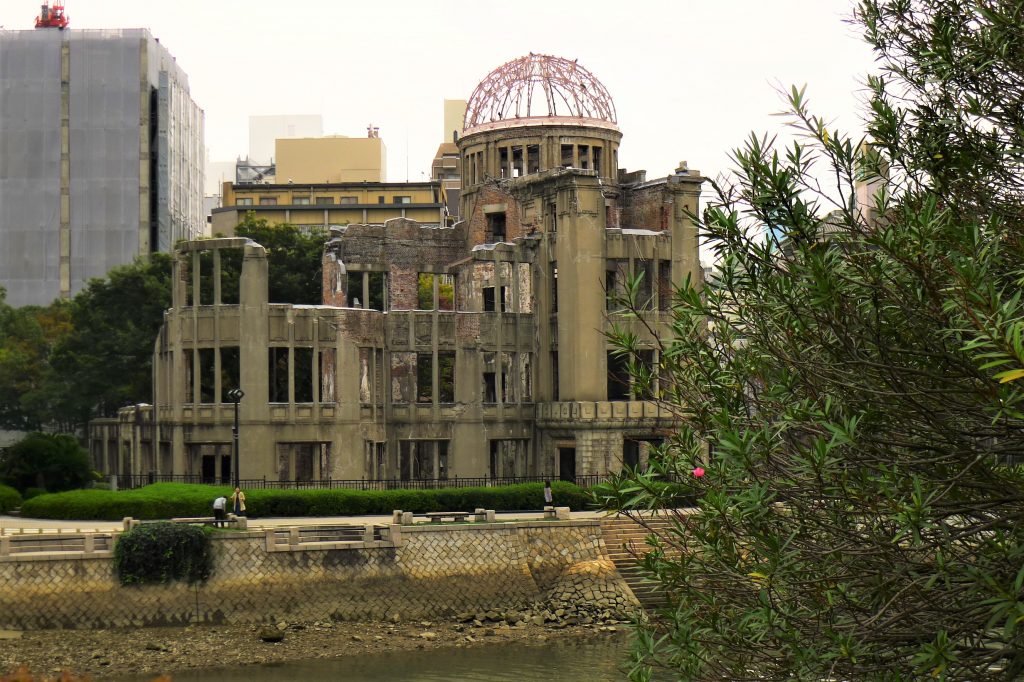 The skeletal dome that marks ground zero for the atomic bomb that deciated Hiroshima is now part of the city's Peace Memorial Park.
We live in tumultuous – and possibly perilous – times. Our government and society at large is more divided than I can remember, even during my childhood in the 1960s. Race and gender issues fill the headlines every day, and that’s just looking at domestic headlines. It’s not “fake news” to say that our country is struggling today, on a variety of levels on a variety of topics.
The skeletal dome that marks ground zero for the atomic bomb that deciated Hiroshima is now part of the city's Peace Memorial Park.
We live in tumultuous – and possibly perilous – times. Our government and society at large is more divided than I can remember, even during my childhood in the 1960s. Race and gender issues fill the headlines every day, and that’s just looking at domestic headlines. It’s not “fake news” to say that our country is struggling today, on a variety of levels on a variety of topics.
 When I was a kid, I used to tell people who asked what generation I was, that I was “Ni-hansei,” or second-and-a-half. That’s because although my father was a Nisei born in Hawaii (technically a Kibei because his family moved to Japan in 1940 and he was stuck there during the war, but that’s another essay), I was born in Japan.
When I was a kid, I used to tell people who asked what generation I was, that I was “Ni-hansei,” or second-and-a-half. That’s because although my father was a Nisei born in Hawaii (technically a Kibei because his family moved to Japan in 1940 and he was stuck there during the war, but that’s another essay), I was born in Japan.
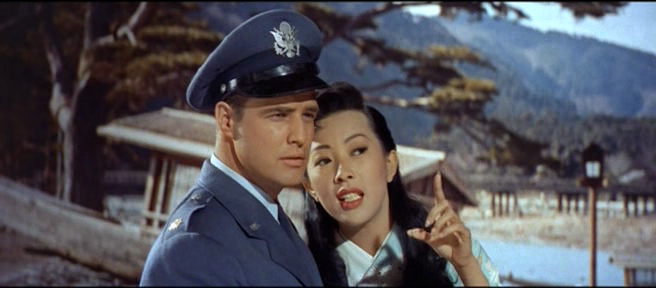 All the recent controversy over “whitewashing,” Hollywood’s habit of casting white people in Asian roles, got me thinking about how Japan has been portrayed in films over the years.
Because I was born in Japan, my earliest movie memories are chambara, or samurai (and especially ninja), movies that I watched in black and white on television. We didn't get to see many movies in theaters, but my mom used to take my brother and me to Disney features when they opened, riding the trains with us to the cinema. After we moved to the States, I treasured American films that were set in Japan. There haven’t been a whole lot but it’s interesting to see how Hollywood depictions have showed Americans’ stereotypes of Japan, and how that’s changed over the years.
Here are a few (Click the images to purchase the films):
All the recent controversy over “whitewashing,” Hollywood’s habit of casting white people in Asian roles, got me thinking about how Japan has been portrayed in films over the years.
Because I was born in Japan, my earliest movie memories are chambara, or samurai (and especially ninja), movies that I watched in black and white on television. We didn't get to see many movies in theaters, but my mom used to take my brother and me to Disney features when they opened, riding the trains with us to the cinema. After we moved to the States, I treasured American films that were set in Japan. There haven’t been a whole lot but it’s interesting to see how Hollywood depictions have showed Americans’ stereotypes of Japan, and how that’s changed over the years.
Here are a few (Click the images to purchase the films):